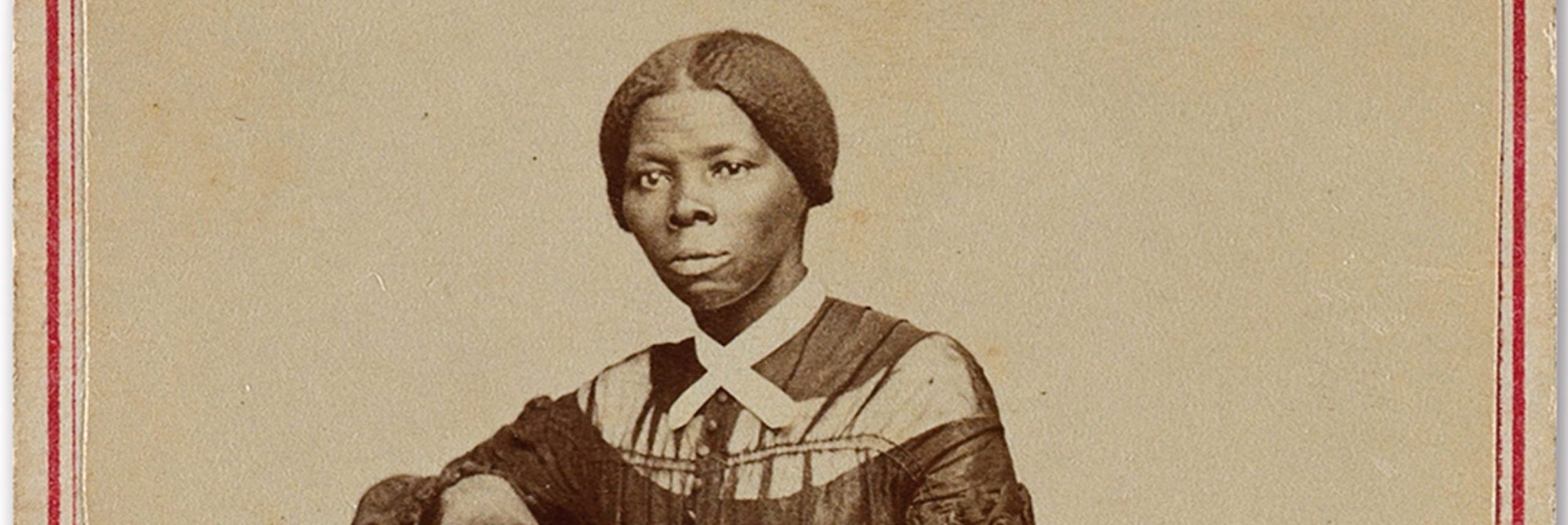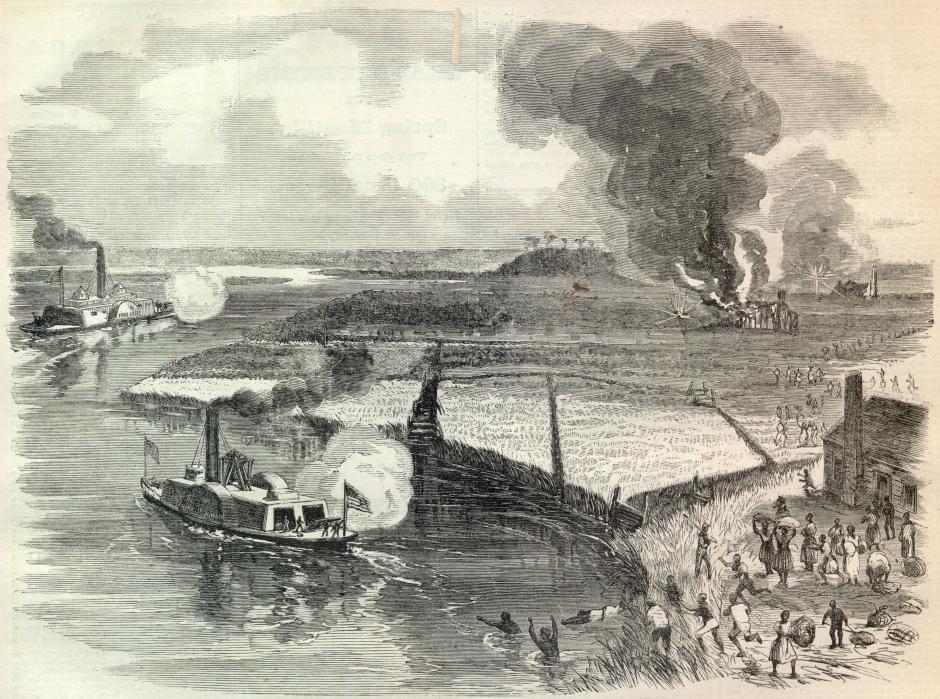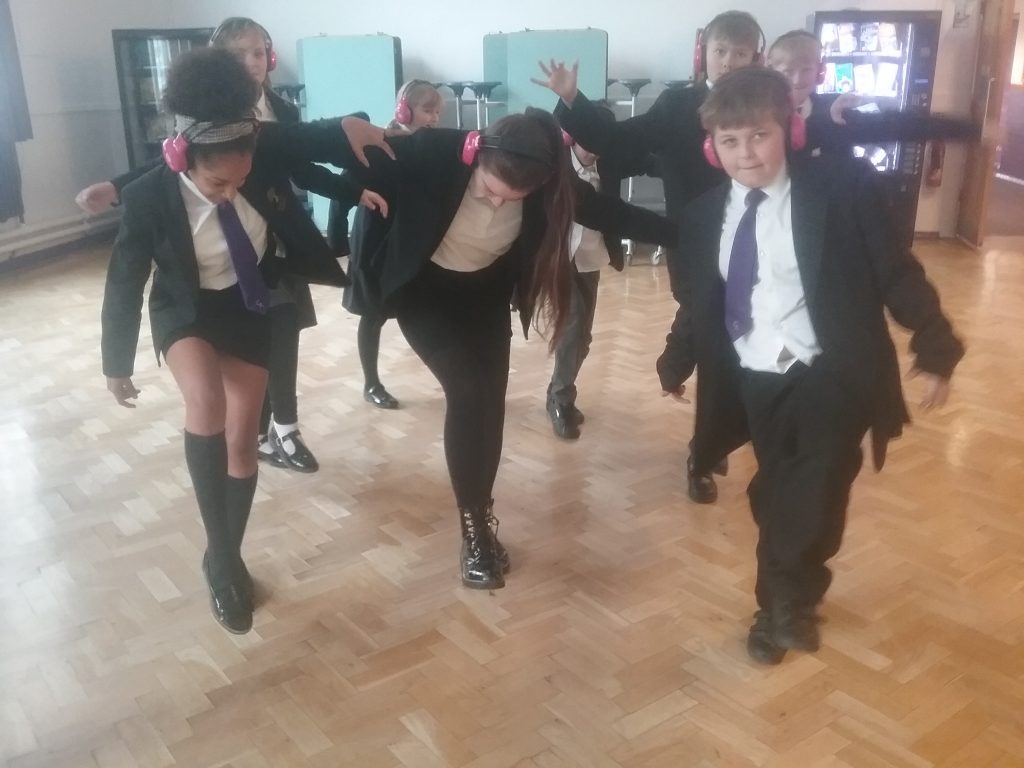
Harriet Tubman is one of the most important civil rights leaders in history, having fought throughout her life to save people from slavery and establish fair rights for people of all races. With now>press>play’s Harriet Tubman Experience, KS2 learners can explore the life and achievements of this historical icon.
Here are four key facts about Harriet Tubman to help you celebrate her with your class this year.
1. Harriet Tubman was enslaved from when she was born
Tubman was born around 1820 on a Maryland plantation, and she endured regular violence from her enslavers throughout her early life. When Harriet was twelve, she was hit in the head with a heavy weight when she refused to help capture an enslaved person who had tried to seek freedom. The injury affected her for the rest of her life.
In 1849, Tubman freed herself from enslavement using the Underground Railroad, a secret network of people and safe houses which provided a passage between the southern and northern states.

2. Harriet Tubman helped to free hundreds of enslaved people
Following her own escape, Tubman became a key “conductor” on the Underground Railroad. For ten years, she travelled between the north and the south, risking her life in order to save others from being enslaved.
Tubman helped over 300 people to escape over the Mason-Dixon line between 1850 and 1860, including her own parents and three younger brothers. People began nicknaming her “Moses” for her work in leading Black people to freedom.
Eventually, southern enslavers became so enraged that they offered a $40,000 reward for Tubman’s capture. However, she was never caught, and neither was anybody that she helped to escape.

3. The first woman to lead troops in the Civil War
During the American Civil War in the 1860s, Harriet Tubman fought to abolish slavery alongside Abraham Lincoln’s Union army. She worked as a cook, a nurse, a scout, and a spy, becoming the first African-American woman to serve in the U.S. military.
Tubman was the first woman to lead American troops. In 1863, she spearheaded a mission to free over 700 enslaved people on the Combahee River in South Carolina.
Sadly, Tubman was never paid for her work during the war. For years, she fought for proper recognition and a veteran’s pension, eventually receiving money for her service as a nurse. Tubman’s work as a scout and spy was never acknowledged by the U.S. government during her lifetime.

4. The new face of the $20 note
In 2016, it was announced that Harriet Tubman would become the new face of the U.S. $20 bill, the first Black person to ever appear on American currency.
The campaign began in 2014 when a nine-year-old girl sent a letter to President Barack Obama asking him why there weren’t more women represented on U.S. money.
Tubman will replace Andrew Jackson, a former president who owned over a hundred enslaved people and was responsible for the deaths of thousands of Native Americans.

Her remarkable achievements make Harriet Tubman one of the most significant figures in history. Over a century on from her death, she remains a powerful symbol of equality, civil rights, and freedom.
Exploring Harriet Tubman with now>press>play
At now>press>play, we want to help schools honour Harriet Tubman through their learning.
In our Harriet Tubman Experience, KS2 students are immersed in her achievements and life. Through sound, story, and movement, they will recreate Tubman’s daring escape along the Underground Railroad and explore her bravery in standing up for others, even from a young age.
Later, pupils will experience returning to the Railroad as Harriet Tubman to help free others from slavery, before fighting in the Civil War alongside President Abraham Lincoln.
now>press>play Experiences help children empathise as they learn, creating powerful benefits to writing and other follow-on activities. Our range of additional resources, including unique Writing Opportunities, help to further embed learning from each of our Experiences.
“[The children] have learnt not just about the unfair treatment of the slaves (which was new to some of them) but how to stand up for justice and how to treat everyone the same regardless of their diversity.”
Kehinde Jimoh, Year 5 Teacher at Copperfield Academy

To read more about how Copperfield Academy explored our Harriet Tubman Experience, check out their case study.
You can arrange a free trial of now>press>play in your school to help your students explore Harriet Tubman’s life and the achievements of other historical figures. Click here to arrange your free trial.